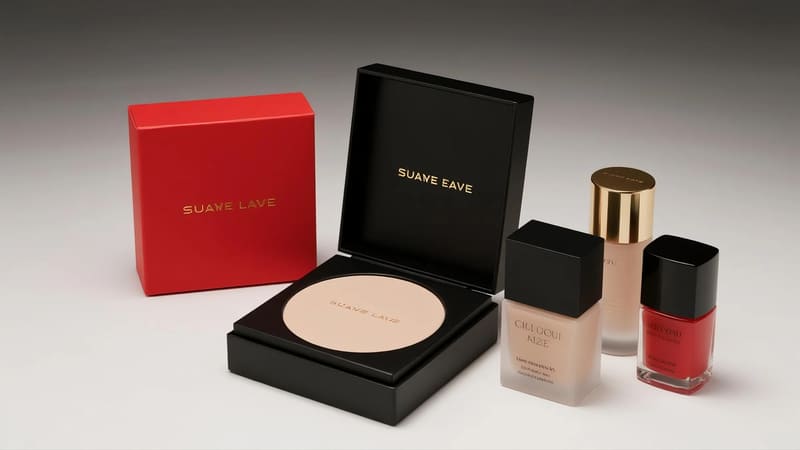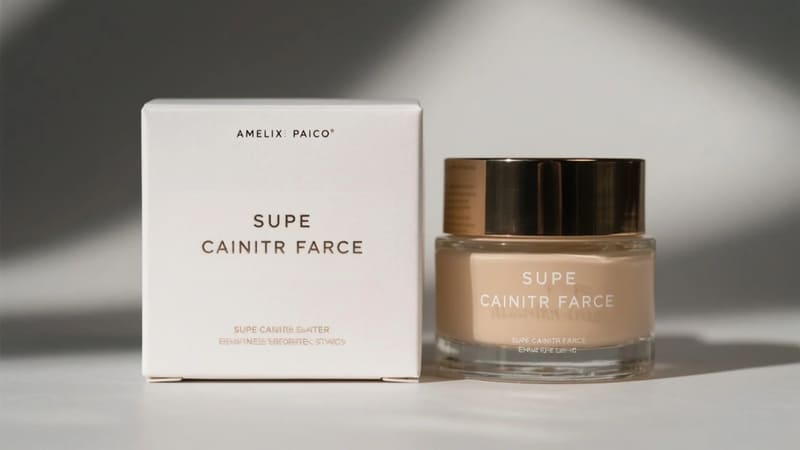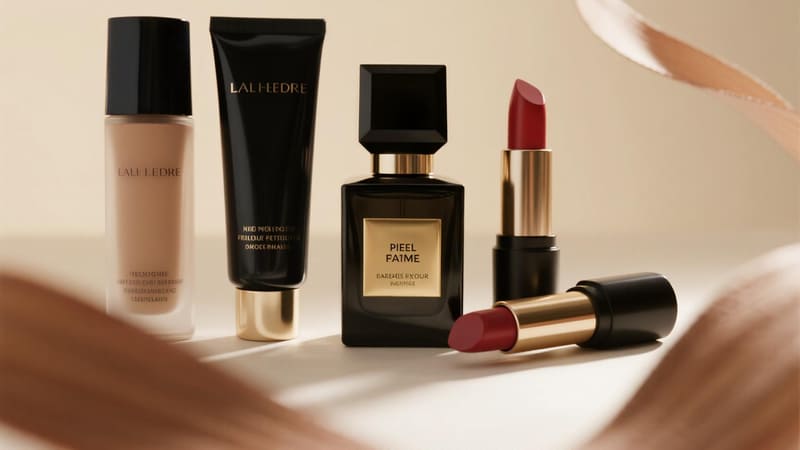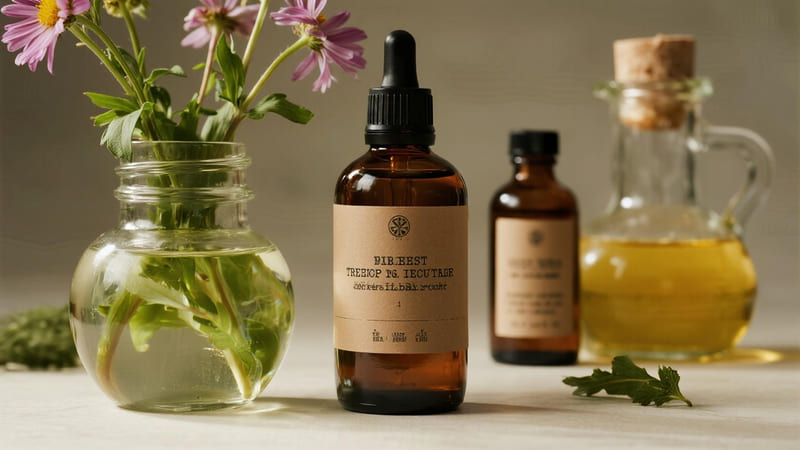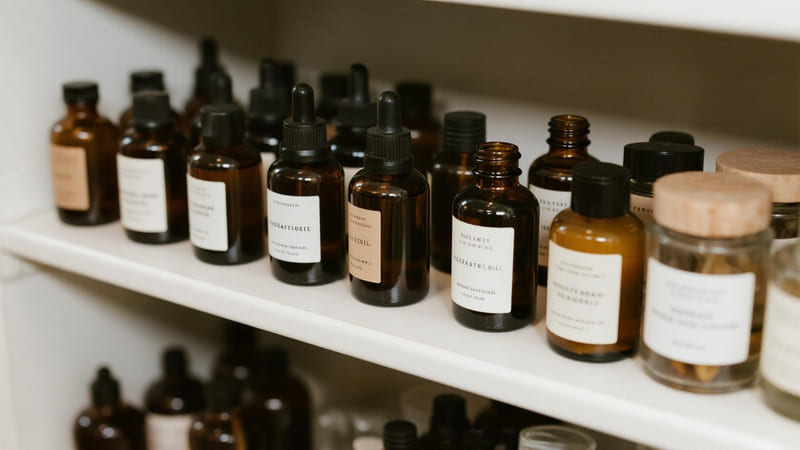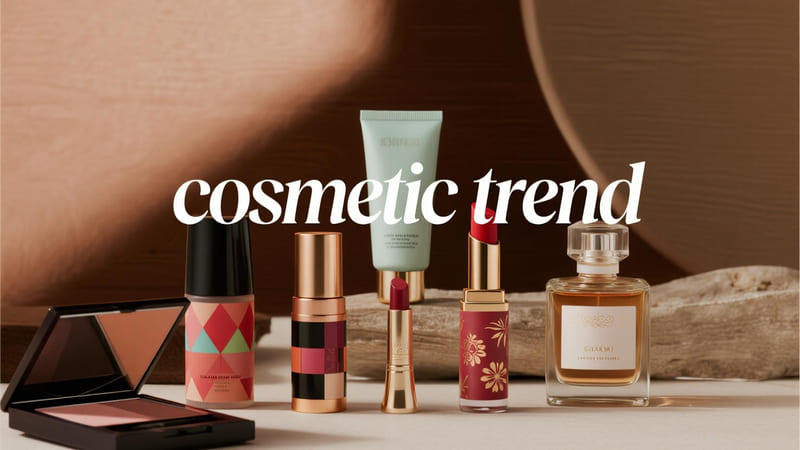In the visually driven world of cosmetics, the style of the box is a critical element that communicates brand identity, protects the product, and creates a memorable unboxing experience. Certain styles have become popular for their versatility, aesthetic appeal, and suitability for different market segments.
The most popular box styles for cosmetic packaging are the Reverse Tuck End (RTE) and Straight Tuck End (STE) folding cartons for their efficiency and versatility, and rigid (set-up) boxes, particularly the lid-and-base and magnetic closure styles, for luxury products due to their premium feel and sturdiness.
The choice of box style is a strategic decision that balances cost, brand positioning, and the consumer experience. As a global packaging manufacturer with ShineTop, we produce all these popular styles, tailoring them to the unique needs of our clients. Let’s explore these key styles.
What is the Most Famous Brand Packaging?
While "most famous" can be subjective, some brand packaging has achieved such iconic status that it is instantly recognizable worldwide, transcending its product category to become a cultural symbol.
The packaging for brands like Tiffany & Co. (the "Tiffany Blue Box"), Coca-Cola (the contour bottle shape), Apple (minimalist white boxes), and Chanel (classic black and white with interlocking Cs) are among the most famous in the world. Their fame comes from consistent branding, distinctive design, and a strong emotional connection with consumers.
These brands demonstrate the power of packaging as a core element of brand identity.
What Makes Their Packaging Famous?
-
Tiffany & Co. – The Blue Box:
- Why Famous: The specific shade of robin’s egg blue is trademarked and instantly associated with luxury, love, and aspiration. The simple white ribbon completes the iconic look. The box itself often generates more excitement than the jewelry inside.
-
Coca-Cola – The Contour Bottle:
- Why Famous: A unique, patented shape designed to be recognizable even if broken or felt in the dark. It’s a masterpiece of industrial design that has endured for over a century.
-
Apple – Minimalist Product Boxes:
- Why Famous: Apple revolutionized tech packaging by focusing on a clean, minimalist aesthetic and a highly satisfying, almost ceremonial, unboxing experience. The precision fit of the components reflects the quality of the product.
-
Chanel – Black & White Elegance:
- Why Famous: The stark, elegant combination of black and white, along with the iconic interlocking C logo, communicates timeless sophistication and luxury. This branding is consistent across all their products, from fashion to cosmetics.
In the cosmetic world specifically, brands like Chanel, Dior, and Guerlain have achieved famous packaging status through decades of consistent, high-quality, and brand-aligned design. When brands approach ShineTop for custom packaging, they often reference the iconic status of these leaders as inspiration.
What is a Cosmetic Box?
A cosmetic box is the outer packaging that houses the primary container of a beauty product. It serves multiple crucial functions beyond simple containment.
A cosmetic box is the secondary packaging, typically a folding carton or rigid box made from paperboard, that encloses a cosmetic product’s primary container (e.g., a cream jar, serum bottle, lipstick tube). Its purpose is to protect the product, provide a surface for branding and regulatory information, enhance shelf appeal, and create a positive consumer experience.
The cosmetic box is a key marketing and protective tool.
Key Functions of a Cosmetic Box:
- Protection: Shields the primary container from scratches, light, and minor impacts.
- Branding: Acts as a "billboard" for the brand’s logo, colors, and overall aesthetic.
- Information: Provides ample space for ingredient lists (INCI), usage instructions, net weight, manufacturer details, and barcodes, which often don’t fit on the primary container.
- Shelf Presence: A well-designed box helps a product stand out in a crowded retail environment.
- Perceived Value: High-quality materials and finishes on a box can significantly increase the perceived value of the product inside.
- Unboxing Experience: The design and structure of the box contribute to the consumer’s first physical interaction with the product.
Popular Styles (as mentioned in the main answer):
- Folding Cartons:
- Reverse Tuck End (RTE): Top and bottom flaps tuck in opposite directions. Very common and machine-fillable.
- Straight Tuck End (STE): Top and bottom flaps tuck in the same direction (usually to the back). Offers a cleaner front panel.
- Tuck Top Auto Bottom (TTAB): Bottom automatically locks into place for quick assembly.
- Rigid Boxes (Set-Up Boxes):
- Lid-and-Base: A separate lid fits over a base. The classic "gift box" style.
- Hinged Lid / Magnetic Closure: The lid is attached and often closes with a satisfying magnetic click. Very premium.
- Drawer Box (Slider Box): A sleeve with an inner tray that slides out.
Mohammed, my client from Iraq, often orders custom rigid drawer boxes from ShineTop for his luxury cosmetic sets, as this style provides a unique and elegant unboxing experience.
What is the Most Sustainable Packaging for Cosmetics?
As sustainability becomes a core consumer value, brands are increasingly seeking packaging solutions that minimize environmental impact. The "most" sustainable option is often a strategy rather than a single material.
The most sustainable packaging for cosmetics generally involves a combination of strategies: prioritizing refillable/reusable systems, using mono-materials with high recycled content (e.g., PCR plastic, recycled glass/aluminum) that are also easily recyclable, or certified compostable options for specific applications. Minimalist designs using less material overall are also crucial.
A holistic approach based on the waste hierarchy (Reduce, Reuse, Recycle) is key.
Key Sustainable Packaging Strategies for Cosmetics:
-
Refillable & Reusable Systems (Top Tier):
- Design durable, beautiful primary containers that consumers keep, and offer refills in minimal packaging (e.g., lightweight pouches, simple pods). This is a highly effective way to reduce waste.
-
High Recycled Content & High Recyclability:
- Materials: Use Post-Consumer Recycled (PCR) plastics, recycled glass, and recycled aluminum. For boxes, use FSC-certified or recycled paperboard.
- Design: Opt for mono-materials (e.g., an all-PP jar and lid) and easily separable components to make recycling easier and more effective.
-
Material Reduction (Minimalism):
- Eliminate unnecessary packaging layers.
- Lightweight containers and boxes to reduce resource use and transport emissions.
-
Renewable Materials:
- Use materials like bamboo, cork, or bio-based plastics (e.g., from sugarcane) where appropriate.
-
Solid Formulations:
- Products like shampoo bars, solid cleansers, or lotion bars require significantly less packaging than their liquid counterparts, often just a simple paper wrap or box.
Anna, a cosmetics client of ours in Thailand, focuses on this heavily. She uses PCR PET bottles and FSC-certified paperboard boxes from ShineTop to align with her brand’s natural and eco-conscious ethos.
Which Makeup Brand Has the Best Packaging?
"Best" is subjective and depends on personal taste, but some makeup brands are consistently recognized by consumers, editors, and designers for their exceptional, innovative, and aesthetically pleasing packaging.
While subjective, brands frequently lauded for having the "best" makeup packaging include Guerlain (for ornate, jewel-like luxury), Hourglass (for sleek, modern, architectural design), Dior and Chanel (for timeless, couture-inspired elegance), Tom Ford (for bold, substantial opulence), and Pat McGrath Labs (for artistic, edgy, and experiential packaging).
These brands excel because their packaging is a perfect extension of their brand identity.
What Makes Their Packaging Stand Out?
- Guerlain: Known for opulent, often refillable cases like the Rouge G lipstick, which feels like a piece of jewelry.
- Hourglass: Uses unique, weighty, metallic components with a modern, minimalist, and sophisticated feel.
- Dior & Chanel: Embody timeless luxury. Dior often incorporates its couture patterns, while Chanel’s iconic black-and-white scheme is a symbol of understated elegance.
- Tom Ford: The packaging is substantial, glamorous, and uses a distinctive color palette of rich browns, blacks, and golds, conveying unapologetic luxury.
- Pat McGrath Labs: Focuses on a highly creative and experiential unboxing, often using unique textures, sequins, and collectible elements that make the packaging an event in itself.
The "best" packaging successfully merges several key elements:
- Strong Brand Identity: It’s instantly recognizable.
- High-Quality Materials & Craftsmanship: It looks and feels premium.
- Functional Design: It’s easy and pleasant to use.
- Aspirational Appeal: It makes the consumer feel special.
As a packaging manufacturer, we at ShineTop study these leading brands to understand the benchmarks for quality, innovation, and design excellence, helping our clients create packaging that can compete on a global stage.
Conclusion
The most popular box styles for cosmetic packaging are versatile folding cartons for general retail and luxurious rigid boxes for high-end products, with famous brands like Chanel and Tiffany & Co. demonstrating the power of iconic packaging. The choice of style and material is increasingly influenced by the push for sustainability, where refillable systems and recycled, recyclable materials are becoming the new standard for excellence. Ultimately, the "best" packaging, whether for a mass-market or luxury brand, is a harmonious blend of protection, branding, user experience, and responsible design.

